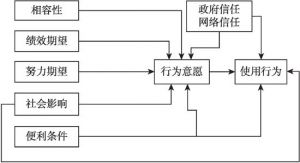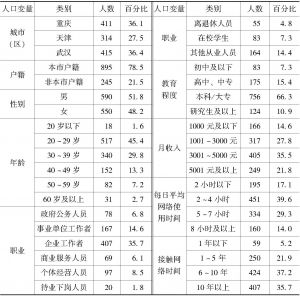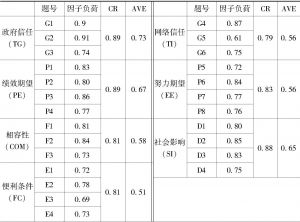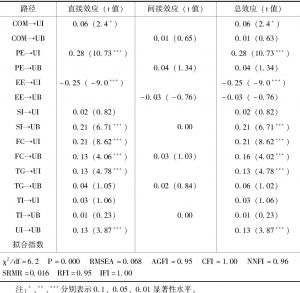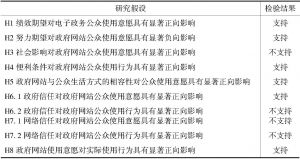检索正文关键字
章节目录
- 一 引言
-
二 概念模型与立论依据
- (一)技术接受与使用整合理论
- (二)研究假设
- 1.绩效期望
- 2.努力期望
- 3.社会影响
- 4.便利条件
- 5.相容性
- 6.电子政务信任
- 7.使用意愿与使用行为
-
三 研究方法与变量测量
- (一)数据来源与样本特征
- (二)变量操作定义与测量
- 1.相容性
- 2.绩效期望
- 3.努力期望
- 4.社会影响
- 5.便利条件
- 6.信任因素
- 7.使用意愿与使用行为
-
四 实证结果分析
- (一)数据可靠性分析
- (二)确认性因子分析
- (三)结构方程模型分析
- 五 结论与建议
查看更多>>>




